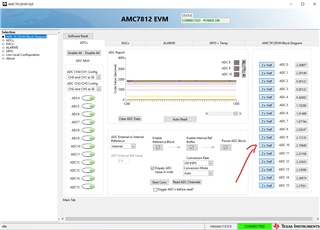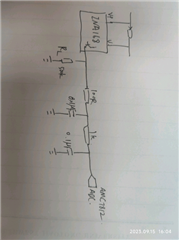Other Parts Discussed in Thread: INA168,
Hi, there is a problem when I use INA168 and AMC7812. There is a 400-500mV voltage in the ADC single-end input port (CH0) when the sampling voltage is zero. In this situation, there is only a 1k-series resistor and no buffer between INA168 and AMC7812. In addition, the output load RL of INA168 is 100kΩ. when the output voltage of INA168 is zero, the input of AMC7812 is up to 400-500mV. however, when I added a buffer before the ADC input, this phenomenon disappeared. So i want to know what caused that strange phenomenon (400-500mV at the input port with 0V-sample voltage)



